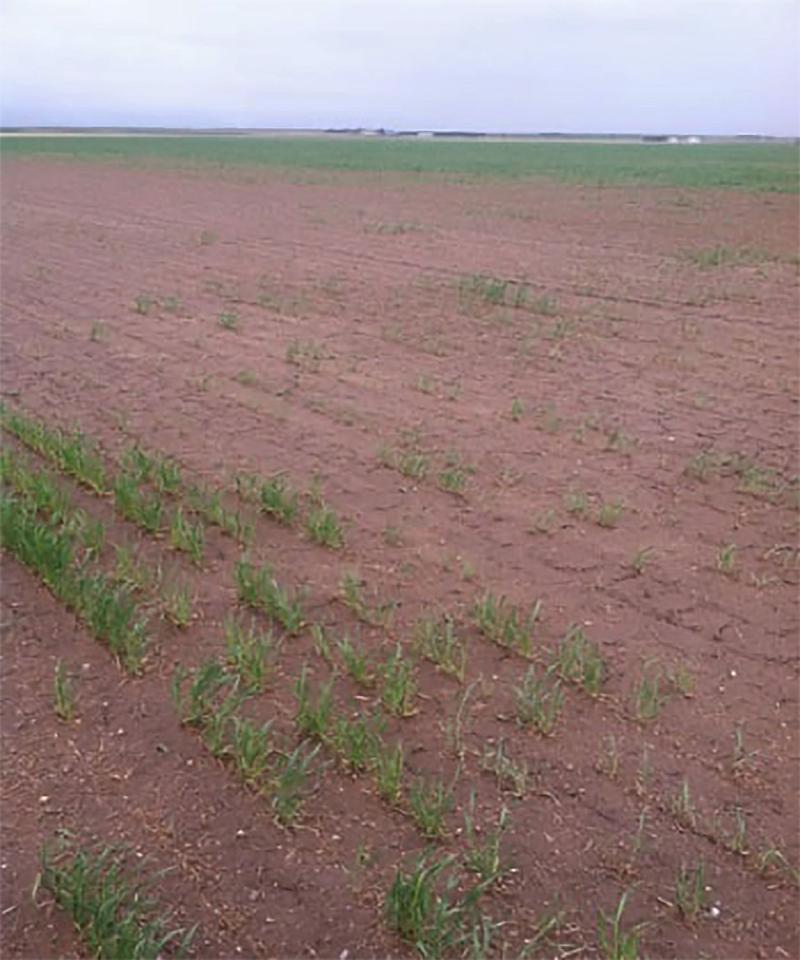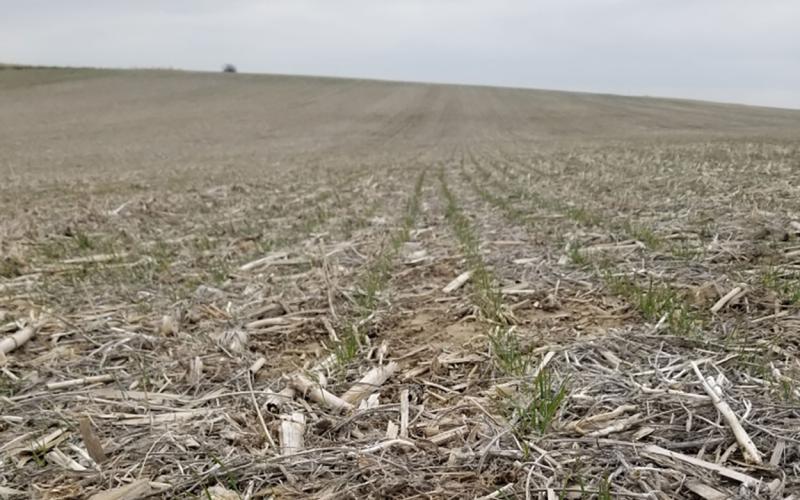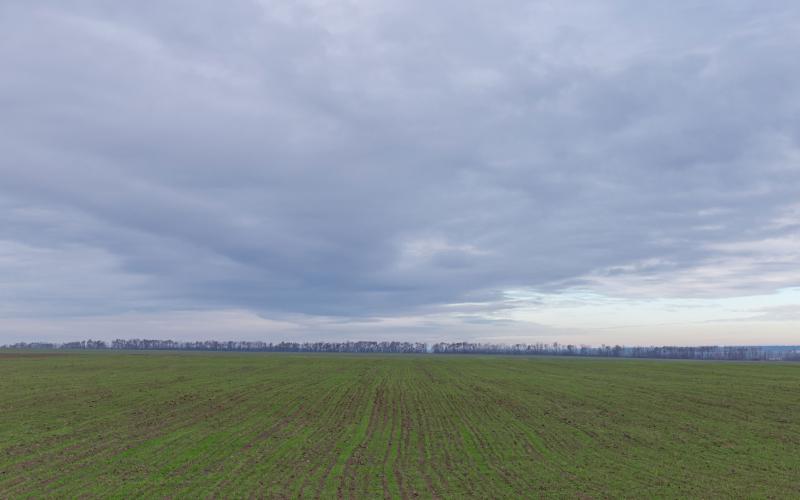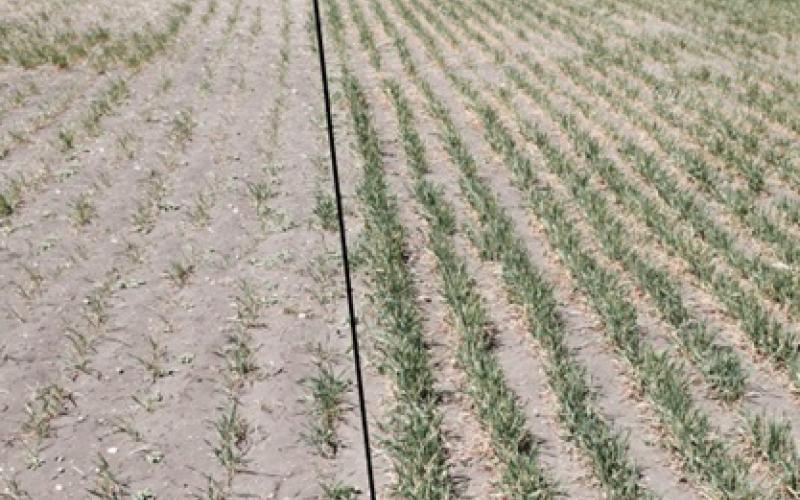After long, tough winters, producers often have concerns about winter wheat stands. For some, it might be early to make any firm decisions, but there are still some steps that can be taken to get an idea of stand viability. If winter wheat was planted under ideal growth conditions and tillered before vernalization, the stand has a much higher chance of being successful than if it did not.
Steps for Stand Assessment

-
Assess seed depth.
Seed depth is an important factor in wheat performance. Assess seeding depth by unearthing some plants. Check that seed is at least one inch deep. If seed is too shallow across the field, survivability will be limited following a harsh winter. -
Assess plant health.
One method to determine the extent of field damage involves digging up plants for assessment. To do this, execute the following steps:- Dig-up whole plants from problem areas, digging at least three inches beneath the soil surface (include crown root).
-
Bring plant samples to room temperature to thaw.
- Wash soil off roots with cold water.
- Cut off fall growth to about one inch above crown.
- Rinse crowns with cold water.
- Place 10 wet crowns in a plastic bag; add air and seal.
- Place bags in a lit room, but avoid direct sunlight.
- Check crowns in two days; rinse with cold water and re-inflate and seal bag.
- After four days, healthy crowns should show about two inches of new growth.
-
Plants that do not show growth after about six days should be considered dead.
-
Assess growth stage.
If your stand is green and growing, count the average number of leaves by surveying several areas throughout the field. Stands with three to four leaves per plant have a good chance of spring survival. -
Take stand counts.
Take stand counts across the field. A typical approach to assess winter wheat survival is to count the number of plants (whole plants, not tillers) in a square foot of row (see Table 1 for conversions). The ‘ideal’ plant population growers should target is 28 live plants per square foot. One general rule of thumb is that stands averaging less than 12 to 15 plants per square foot may be good candidates for replanting a warm-season crop. There are several problems with this assumption. First, this threshold assumes a specific, estimated, potential yield. In lower yielding situations, 12 plants per square foot with 4 tillers (a conservative estimate) and 25 kernels per head could theoretically produce 52 bushels per acre, a reasonable yield for some parts of South Dakota. Secondly, it is difficult to determine whether the count adequately represents the field as a whole, as stand counts can widely vary.
|
|
|
|---|---|
|
|
|
|
|
|
|
|
|
|
|
|
Management Considerations
If we receive warmer weather that accompanies precipitation, wheat may compensate thin stands and produce more tillers. If you are on the fence about the state of your stand, consider its growth stage. In many areas of the state, it may be too early to make a decision on whether to keep your stand or terminate it. In most areas, the stand is likely too advanced to interseed other small grains successfully due to competition and harvest timing.
If you intend to give your wheat stand a chance, consider applying spring nitrogen to promote tillering and help maintain optimal yields. If your wheat was early planted and is developing many tillers, a delayed application of nitrogen may be ideal.


